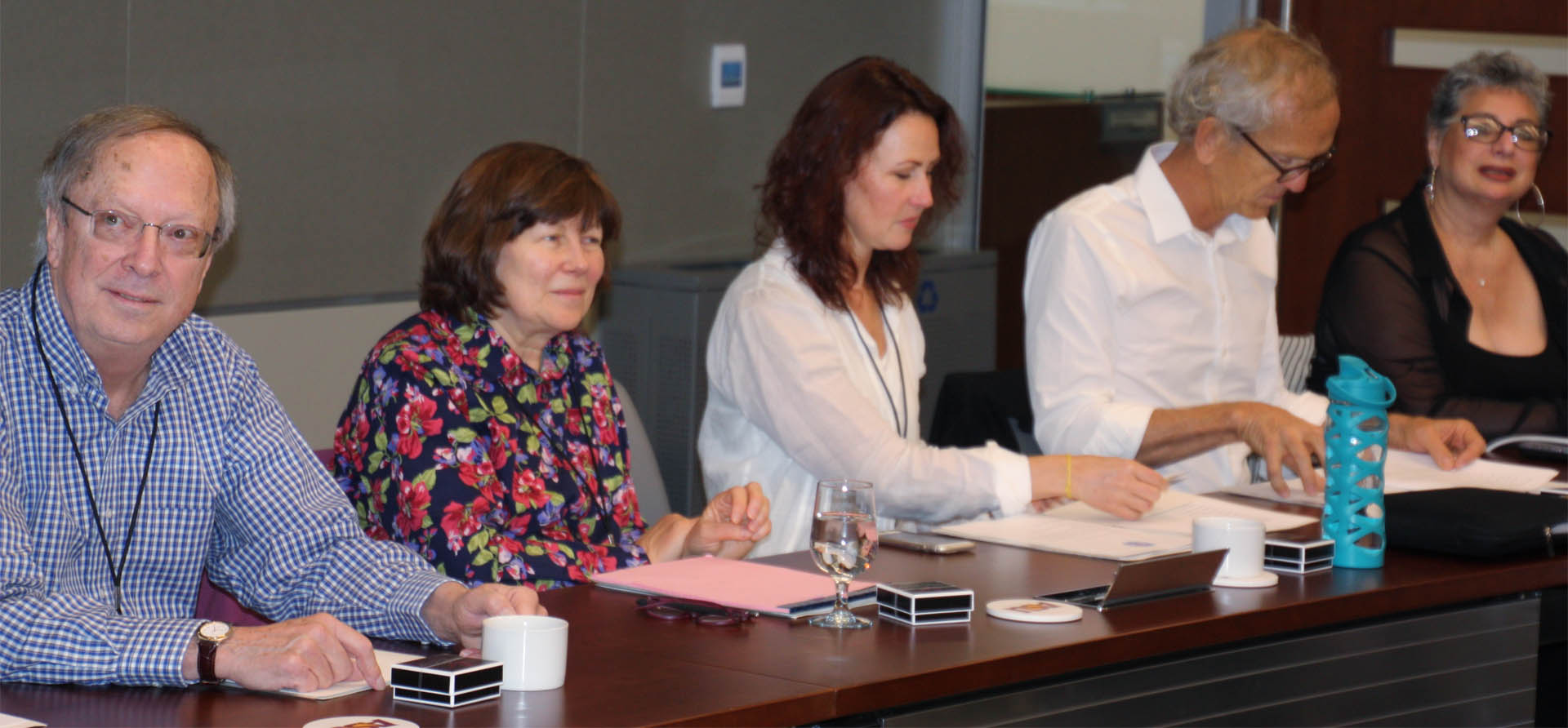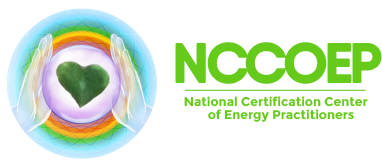Founding History

The process of creating a more continuous community between energy practitioner groups began in 2010 with a visit of Professor Sally Anne Payton to the International Society for the Study of Subtle Energy and Energy Medicine leadership. Arranged by Dr. James Oschman, the meeting was to discuss the request of the US government that we organize a more effective leadership for the community as a whole. So a meeting at the 2010 conference and a subsequent meeting at the 2011 conference took place. Some efforts were made to move forward primarily within the scientific community, but little overall progress was made within the larger community to create greater continuity and internal oversight at that time. The energy community is complex and very independent.
Fast forward to 2017 and a new administration, where the request was again made that we organize a more cohesive form of leadership for the energy practitioner community. Arrangements were made and support for a series of meetings was found. In March of 2018, several meetings which included some of the largest energy practitioner training programs (40+) and leading scientists, who were studying energy practices, mechanisms and effects, were held at Arizona State University. At the end of the meetings 14 working groups were developed to explore the range of options available to the community, where the community’s focus should be placed, how best to support practitioners, clients and the country as a whole.
From these working groups emerged a plan of action and the plan to create several organizations. The first and second organizations have now been formed. The National Alliance of Energy Practitioners and the National Certification Center of Energy Practitioners are now active.
The National Certification Center has developed a number of divisions. Members of the community volunteered their time and helped to develop what were felt to be appropriate national test standards to support qualified energy practitioners from a large range of backgrounds and traditions. Those standards are available and we invite members of the community to begin the process of meeting division standards at a national level.
We are aware that we do not have divisions that meet all styles and types of energy practices. If you are interested in developing a division with like programs and practitioners, please email us at info@nccoep.org and provide us with more information and your request. We invite input from all members of the community and most particularly those who have training programs of any size to bring your wisdom, your insight and your enthusiasm to help us create a comprehensive and inclusive community.
Story of the Logo

Our logo was developed in three stages. The first was from art done to commemorate the initial meetings held in Phoenix, AZ. The outside of the logo was developed from the base symbol of those initial set of meetings. It is in recognition toward supporting the continuity and continuing development of the organization and it’s mission.
The center of the logo image of the leaf was a gift of the Sequoia in a grove in the California State Park in Felton, CA. A group of our community members were walking through the grove and talking about the process of developing the certification center. They were debating whether on not to continue the process as the community is so very diverse. At that moment, down through the air, fluttered a leaf which landed at the feet of Rev. Tiffany Barsotti, Dr. Paul Mills, Dr. Dan Spinner and Rev. Dr. Melinda Connor. The leaf was discovered to be in the shape of a heart, which is not a natural leaf shape for a Sequoia. As this grove holds the presence of trees that have lived over a thousand years, and feels to many who enter it as a naturally occurring sacred space, the team felt it appropriate to recognize and include this image as it was seen as timely and confirming of our continuing efforts. The original photo was taken by Dr. Dan Spinner.
The colors and shadings of the logo were chosen by the board of directors as their direct contribution and commitment to the creation of the most appropriate and highest standards toward the development of national test standards for energy practitioners.
